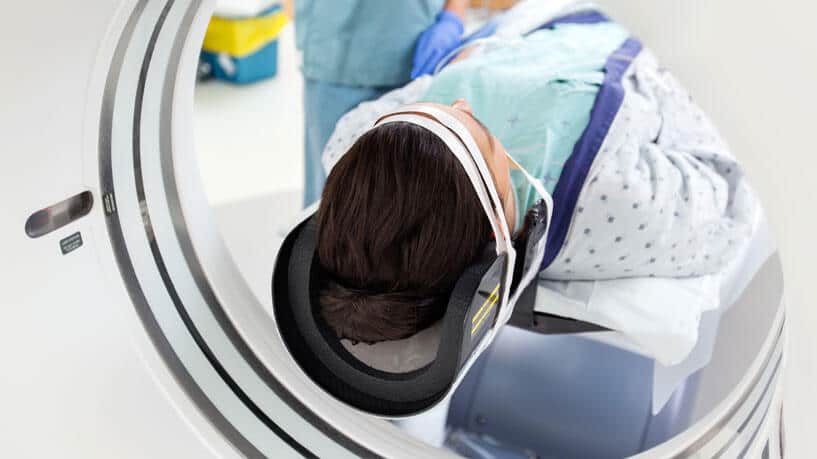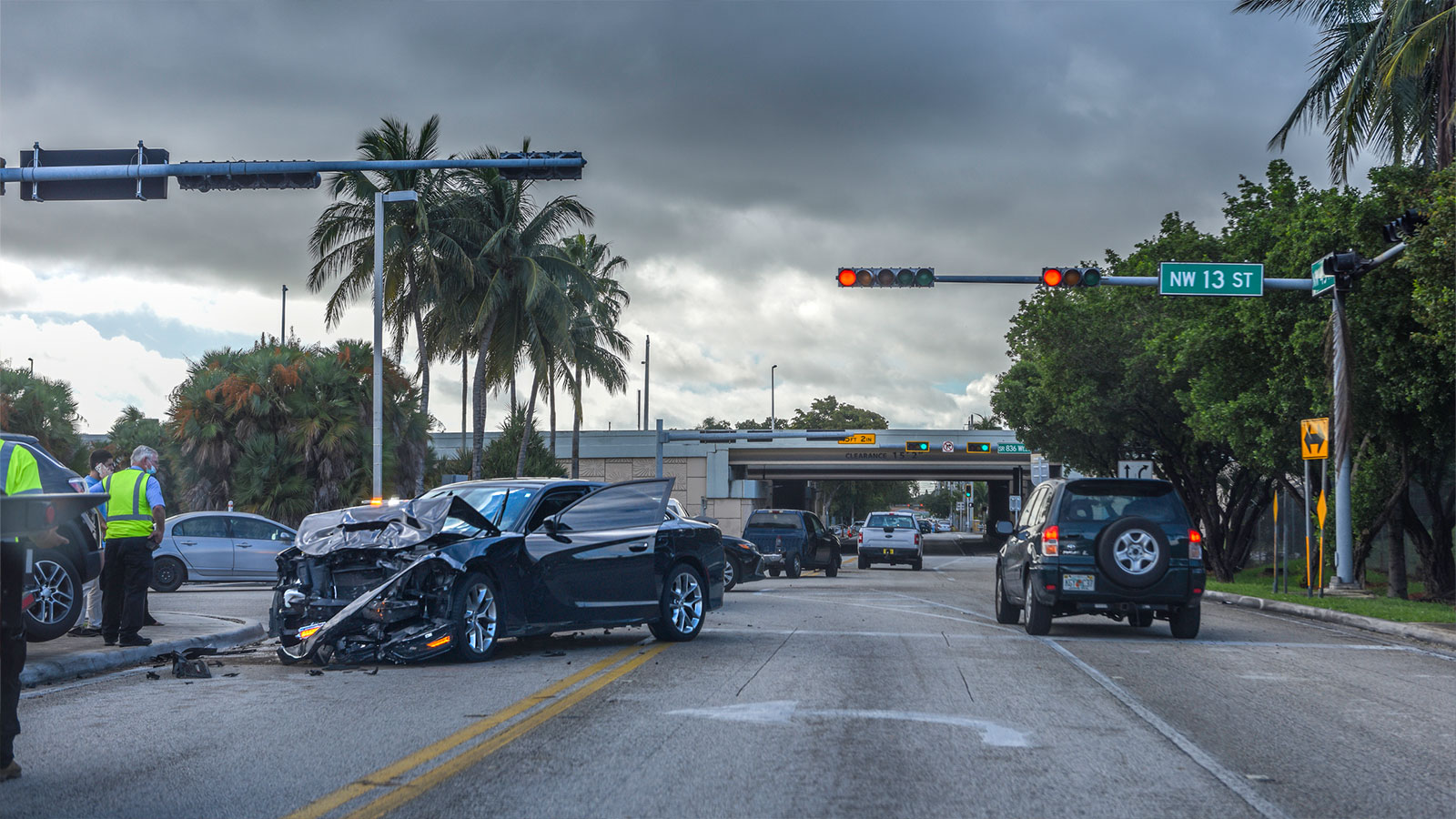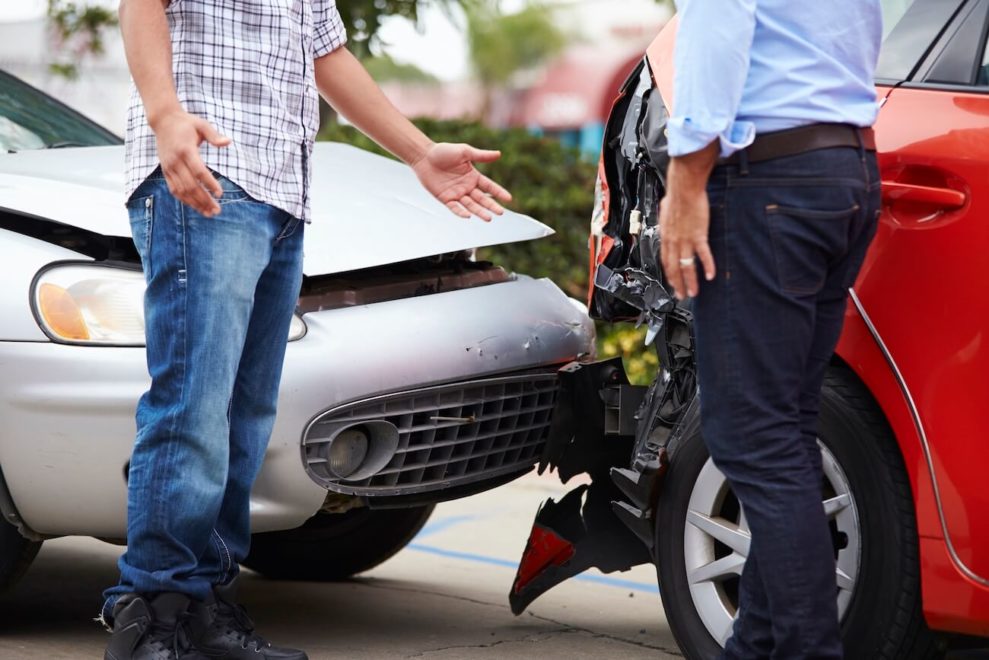Although motorists are required to carry liability insurance in California, many do not. If such a driver leaves you injured, uninsured motorist coverage can help.
In California, every driver is required by law to demonstrate they can cover the cost of the damages they are responsible for – in the event they cause a traffic accident. Generally, drivers must carry liability insurance for specific minimum amounts. Not all motorists, however, follow the rules, and when an uninsured driver is responsible for causing a car accident, anyone injured in the process needs another source to obtain just compensation. Uninsured motorist coverage is designed for just this purpose, and a better understanding of how it works can leave you better prepared to protect your legal rights if you find yourself in this difficult situation. Another important step you can take is reaching out to the skilled legal counsel of an experienced California car accident attorney.
California Is a Fault-Based State
Coverage Minimums
California requires drivers to carry the following coverage minimums:
- $15,000 in liability coverage per person
- A total of $30,000 in liability coverage per accident – when more than one person suffers an injury
- $5,000 in total property damage coverage per accident
It’s worth noting that a basic 15-30-5 policy may not be enough to cover the full extent of your losses in the wake of a car accident, which makes taking your own unique insurance needs into account important.
When motorists fail to carry the coverage they’re required to, it can complicate the matter considerably, but uninsured motorist coverage (UMC) can help. Underinsured motorist (UIM) coverage that kicks in when the at-fault motorist’s coverage is not adequate to cover the victim’s losses is also available.

UMC: Not Required, But Recommended
Drivers in California are not required to carry uninsured motorist coverage. When you purchase car insurance, however, the provider is required to offer it, and if you choose not to buy it, you’ll need to sign a waiver to that effect. In other words, uninsured motorist coverage is recommended and can play an important role in your ability to recover compensation for your losses if you’re injured by an uninsured motorist.
UMC vs. Health Insurance
If you’re injured by another driver’s negligence, you can put your related medical bills through your health insurance provider, but there are certain kinds of treatment that are unlikely to be covered, including acupuncture and chiropractic care. Additionally, you’ll be responsible for your deductibles and copayments.
If, on the other hand, you have uninsured motorist coverage, you can expect it to cover several primary categories of loss.
Medical Expenses
The medical costs associated with a car accident can be exceptionally high, to begin with, and may be ongoing if your injuries are especially serious, are prone to complications, or lead to secondary health concerns. Common medical expenses include:
- Emergency medical attention and transportation
- Surgical care
- Treatment and care from doctors and specialists
- Follow-up care
- Medical tests, treatments, and procedures
- Prescription medications
- Adaptive physical devices
- Physical and occupational therapy
- Rehabilitation
Your seasoned car accident attorney will help to ensure that your complete medical costs are well accounted for, which can play a key role in your ability to recover fully.
Lost Income
Physical and Emotional Pain and Suffering
In addition to your financial losses and physical injuries, you can experience considerable physical and emotional pain and suffering as a result of a car accident that was caused by another driver’s negligence. This category of loss can hamper your recovery and reverberate into your future. Many car accident victims suffer PTSD-like symptoms that can include all the following:
- Increased anxiety, which can include panic attacks
- Terrifying accident flashbacks
- Fear of getting back behind the wheel
- Severe mood swings
- Increased irritability
- Sleep disturbances
- Difficulty concentrating
These effects can also push the support of family members and friends away just when their support can be most helpful.

Determining Your Coverage Needs
In California, uninsured motorist coverage is typically offered at policy limits that are equal to your liability coverage. If you carry $50,000 per person and $100,000 total per accident, you can generally purchase the same amount of coverage in UMC. In the event of an accident, you can only collect on your losses up to the amount of your policy limits.
There are also umbrella policies that provide additional coverage over UMC maximums. Determining your insurance needs is an important part of protecting yourself in the event of an accident. Only those with very good health insurance and comprehensive disability coverage should consider foregoing UMC.
How It Works
Let’s assume that the at-fault driver in all three of the following scenarios sped through a red light and caused the other driver to suffer serious injuries that include $10,000 in property damage to her vehicle, $50,000 in medical bills, and $15,000 in lost earnings – which amounts to $75,000 in total damages – before pain and suffering is calculated.
Neither Driver Is Insured
The At-Fault Driver Carries Liability Coverage
If the driver who caused the accident carries only the 15/30/5 minimum liability requirement, the victim cannot recover more than $15,000 for her medical expenses and lost earnings and $5,000 for her property damage, which leaves her with $55,000 in additional losses – without considering the pain and suffering she’s endured.
If, however, the at-fault driver carries more significant coverage, such as 100/300/25, all of the injured driver’s identified losses will be covered, and there is additional coverage left over to address her pain and suffering. It’s important to note, however, that too many motorists fail to purchase coverage that is adequate for an accident of this magnitude.
The Injured Party Carries UMC
If the at-fault driver carries no car insurance and the injured party carries UMC, she can recover compensation for her losses up to her policy limits. If she carries policy minimums of 15/30/5, she’ll have only $20,000 in coverage. If she carries more, however, she can recover compensation for her losses up to her policy limits.

Notifying the Authorities
If you are involved in a car accident in which you or anyone else suffers an injury, or there is more than $1,000 in property damage, which most accidents cause, it’s your responsibility to file an accident report with the California Department of Motor Vehicles within 10 days. If anyone suffers an injury more seriously or if one or both drivers are unable to drive their vehicles away from the accident site, it’s time to call 911. Your insurance provider will also likely require you to promptly notify them after being involved in an accident.
Determining Fault
UMC kicks in when the other driver is at fault for the injuries you’ve suffered, and determining fault in the matter is a primary task that generally involves evidence gathering. The forms of evidence that typically come into play include all the following:
- The police report – if one is generated
- The testimony of eyewitnesses
- Evidence gathered at the scene
- The footage from dashcams and any video surveillance
- Photos and videos taken at the scene
- Accident recreation models
- The testimony of professionals with relevant expertise
Once you’ve established that the other driver – who doesn’t carry the necessary insurance – is at fault, you can seek compensation for your covered injuries through your UMC. Additionally, if the at-fault driver’s policy limits aren’t adequate to cover your losses, you can seek compensation through your underinsured motorist coverage – if you carry it.
The Insurance Company
You should know that the insurance company does not have the final word on fault when it comes to car accidents. Insurance companies are in business to make money, and absolving their policyholders of fault in car accidents is one tool for helping them achieve this goal. Other tactics include:
- Denying claims early on in the hope that claimants will give up
- Making early but low settlement offers
- Questioning the extent of claimants’ losses
- Delaying the claims process
- Making the claims process overly complicated
Your savvy car accident attorney will carefully address the matter of fault in your car accident claim, which is established via evidence.
Shared Fault
In California, you can collect on the losses you endure as a result of another driver’s negligence even if you share fault in the matter. For example, if you were speeding when a drunk driver plowed through a stop sign and hit you, you’ll both be assigned a percentage of fault in the matter – both of which must add up to a total of 100. If your total losses equal $50,000 and you are assigned 10 percent of fault in the matter, your compensation will be reduced by that 10 percent, leaving you with $45,000 in compensation – if the other driver has adequate coverage or resources or if you have UMC or UIM coverage, depending upon the situation.
To seek compensation in many other states, you can’t be found more than 50 percent at fault. In California, however, a motorist who is up to 99 percent responsible for the accident that leaves them injured can seek compensation for whatever percentage the other motorist is responsible for.

Med Pay
Having Adequate Coverage
The amount of coverage you need to cover your losses in the event you suffered an injury by a motorist who doesn’t carry required insurance depends on a range of factors, including:
- How comprehensive your health insurance is
- Your financial ability to cover your own losses
- How robust your disability insurance is
- The degree to which others rely upon you financially


